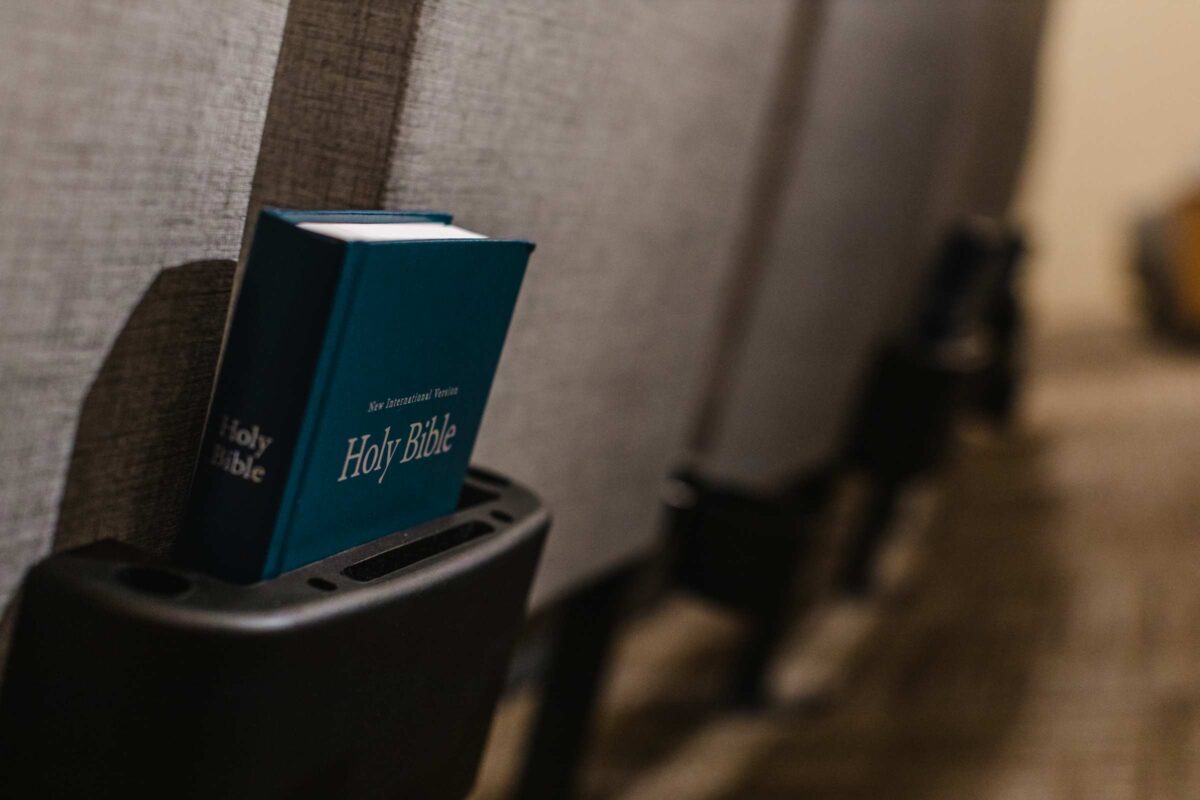June 27, 2023
Canonical vs. Chronological Bible Reading
Written By Grace Theological Seminary
Tagged With Ministry

The sixty-six books that comprise the Bible are one grand, interconnected narrative that outlines God’s plan for redemption. The canon that we have today is exactly what God intended for people to read in order to understand Him, the Christian life, and biblical history. The standard order of the books of the Bible does not reflect the chronological sequence of events, but rather it groups the books together into sections such as the Pentateuch and the Gospels.
As a pastor, you are tasked with presenting the Word of God to your congregation accurately and completely so that they can be edified. One of the primary ways of ensuring accuracy in preaching is by presenting the text in its canonical and chronological context. As you dig into the Word this way, you’ll be able to guide your congregation towards doing canonical and chronological Bible reading themselves. Keep reading for an explanation of each type and a reading plan suggestion.
Canonical Bible Reading
The Old Testament canon, Genesis through Malachi, covers history from creation to the restoration of Israel after the exile. The English Bible has four groups: the Pentateuch, History, Poetry, and Prophets. The Pentateuch includes the first five books, which include the patriarchs, the exodus, and the law. History books include books such as Joshua and Judges, which describe Israel’s life and circumstances. Poetry books include Psalms and Proverbs, which include parallelism and imagery. Finally, the Prophets refer to books written by people such as Isaiah and Jeremiah, who spoke the words of the Lord to Israel in the days leading up to and following the exile. These distinctions signal changes in content, writing style, and purpose.
The New Testament canon, Matthew through Revelation, begins at the time of Jesus and ends at the new heavens and earth. It is split into the Gospels, History, Paul’s Epistles, General Epistles, and Apocalyptic Literature. The Gospels discuss the life of Christ from four different perspectives. Acts, the historical book, gives the history of the early church. Paul’s Epistles are his letters to various churches and specific people. General Epistles are letters to churches from various apostles. Revelation, the lone example of apocalyptic literature, is John’s account of his visions of the future judgment and the new heavens and earth.
Reading the Bible cover to cover is important because each book in it is the authoritative Word of God. When you think of the Canon, think of a ruler. Scripture is the standard by which we measure our lives and provides accurate information on all things in the Christian life. Check out Blue Letter Bible for a canonical Bible reading plan.
Chronological Bible Reading
Reading the bible in chronological order puts the passages in order of historical events. The first reading is from the first few chapters of Genesis, and the last reading is from the last few chapters of Revelation. This type of reading plan is excellent for people who want to see the connections between events. The Old Testament readings will help you discover what the nation of Israel experienced in terms of the patriarchs, the exodus, and the split between the kingdoms. The New Testament readings will help you see the full picture of Jesus’ life and how the events in Acts correspond to Paul’s letters.
Another benefit of reading the Bible in chronological order is seeing prophecies in a clearer light. There are numerous prophecies about the coming of Christ in the Old Testament, which are referenced in the New Testament. Understanding these prophecies is important in knowing that God is a promise keeper. Other benefits of reading the bible in chronological order include seeing the correlation between the Psalms and David’s life, tracing Christ’s family tree, and seeing how the prophets worked in the midst of the kingdom split.
Reading the Bible in chronological order highlights that God brought His Word into being in a specific cultural and historical context. The laws, sacrificial system, and cultural practices were all a part of the Israelites’ daily lives. They provide a window into how God’s people understood His messages to them and the ground-breaking new system that Jesus put into place. Check out Blue Letter Bible for a chronological Bible reading plan.
Are you looking for a seminary education that will spur you on to discover new modes of studying and helping others study Scripture? Look no further! Grace Theological Seminary strives to help each student have a love for the Word both personally and in their vocation. Check out our recent blogs on expository vs. topical preaching and exegesis vs. eisegesis for more information. Read through our program offerings to get started today.
Share
Tagged With Ministry


